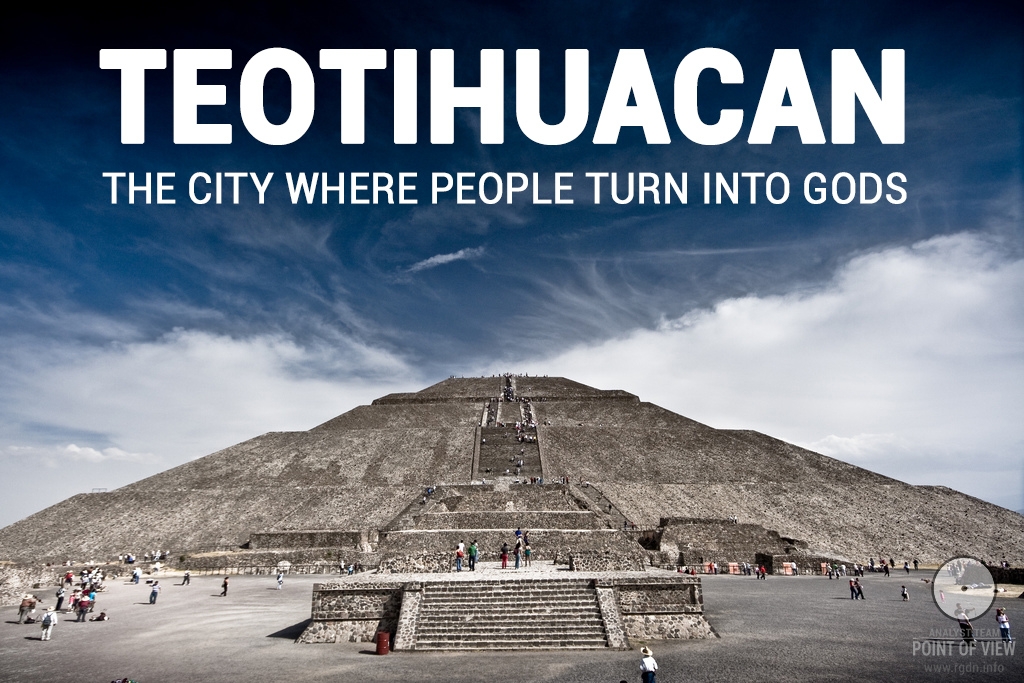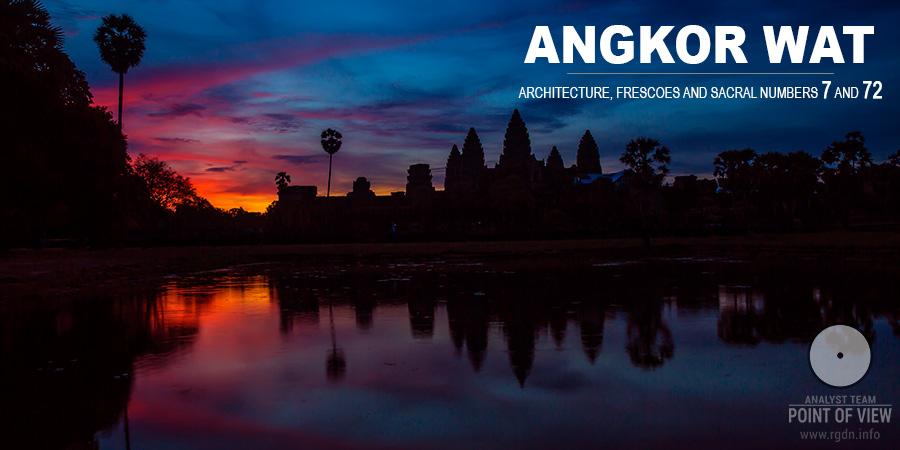Borobudur is the oldest Buddhist temple in the world and one of the most majestic ones. It is situated on Java Island, Indonesia. The period of construction: 750-850 AD. Its name is translated as “the Buddhist temple on the mountain”. It is the second largest Buddhist temple in the world after Angkor Wat. Constructors erected this monument in the shape of a mandala and an opening Lotus flower on a square base (118 x 118 m) that smoothly turns into a circle.

Teotihuacan is a desolate ancient city in Mexico, located 50 kilometres to the northeast of Mexico City, one of the oldest, largest and most mysterious sites in the Western Hemisphere, the precise age of which is unknown. Aztecs called it the “Birthplace of Gods” – no wonder it preserves numerous unsolved mysteries and riddles. According to legends of Indian elders, after the Flood gods returned to Teotihuacan in order the recreate the world. Teotihuacan is a supposed place of birth of the Fifth Sun; it is considered that the last sun of the human era emerged there. It is also known that after a ruin the grandiose pyramid complex was buried under earth and melted due to a high temperature exposure.
Once again we recur to the topic of ancient architecture such as temple buildings and pyramids, because for us it is obvious they were built by rather highly spiritual beings, in special places, in compliance with geometrical proportions and, most importantly, for a determined purpose. By no means, such objects were constructed by savages or wild indigenes for any terrible sacrificial offerings, as official historians endeavour to impose on us. Let us again state the historians’ opinion in this case dances to somebody’s tune which sounds as follows: “Don’t ask any additional questions, for everything is totally clear.” But it’s not quite clear either to everyone or to us. Therefore, in our publications we will continue examining strange, mysterious buildings with a surely sacral meaning that are located nearly on all continents of the globe. At that, unlike many other seekers of the truth, we shall rely on the Primordial Knowledge brought to the world by Bodhisattva Rigden Djappo. We are confident that either we ourselves or our followers will once manage to unravel these age-old mysteries. In the meantime, let’s take a closer look at the Temple of Kukulkan.

I’ve decided to carry out a deeper analysis of information relating to secrets and mysteries of the sacred city of Angkor Wat in Cambodia after reading the article The revealed secrets of Angkor and Giza plateau – the pendulum of Orion and Draco. Apocalypse now?, recently published on this website. While preparing this material I discovered plenty of interesting data that I intend to share herein. Thus, Angkor Wat is a giant temple complex and the largest religious monument in the world. The complex is included in the UNESCO World Heritage List. Angkor occupies the area of about 200 square kilometres, whereas recent studies indicate its area could be around 3,000 square kilometres with a population of some half a million people, making it the largest settlement of its time. The temple complex was constructed as three concentric right-angled buildings, the height of which increases towards the centre. The temple is surrounded by a wall of 1.5×1.3 km and an artificial moat filled with water, 3.6 km long and 190 m wide. The internal building consists of five towers and resembles a lotus flower. The central building rises 65 m above the ground.

Project Aim









